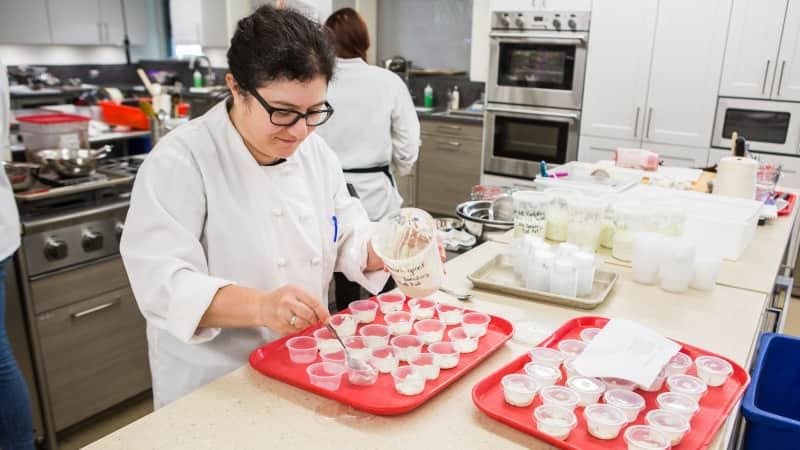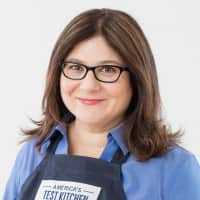Roasted Butternut Squash with Yogurt and Sesame Seeds
Recipe
Nonfat products used to dominate this market, but now whole-milk versions are taking over. Does more fat equal better yogurt?
Published Mar. 1, 2016. Appears in America's Test Kitchen TV Season 17: Kebabs and Rice

Greek yogurt has taken the American supermarket by storm, growing from just 1 percent of the yogurt market in 2007 to nearly 50 percent today. High in protein and indulgently thick and creamy, it’s a satisfying snack and also acts as a key ingredient in savory dips and sauces or as a substitute for sour cream or cream cheese in baking. We last tasted Greek yogurt in 2010 and thought it was time for a fresh look.
At the time of our last tasting, most Greek yogurts were available only in nonfat versions. Today, the whole-milk variety is on the verge of taking over. Because we generally prefer to work with whole-milk dairy in the test kitchen, we decided to focus on it for this tasting. We stuck with “plain” flavor, not only because it is commonly used as an ingredient but also because it would give any flavor or textural flaws no place to hide. Interestingly, none of the “Greek” yogurts we tasted—we selected seven nationally available products—are made in Greece. Our former favorite, Olympus Yogurt, the only Greek import in our last tasting, is no longer sold in the United States.
We held two blind tastings, with the yogurt first unadorned and then used in tzatziki, a Greek sauce featuring yogurt, shredded cucumber, garlic, and dill. The textures of the yogurts ranged from thick enough to hold a spoon upright to as thin and runny as regular (non-Greek) yogurt. Some were weighty and dense, others as airy as whipped cream. When it came to flavor, the amount of yogurty tang varied greatly. Two products lost points for off-flavors; one reminded tasters of goat cheese, and the other tasted like “cooked milk.” A handful more were practically flavorless. A select few—our favorites—offered clean, milky-sweet flavor with mild but definite tang, and they were nicely thick, which proved to be very important to our tasters. How could plain yogurt vary so much?
Thick or Thin
Yogurt is made by adding live, active bacterial cultures to warm milk. As the bacteria digest lactose, milk’s naturally occurring sugar, they produce lactic acid, which lowers its pH, coagulates the proteins into a gel, and creates yogurt’s characteristic tang. To make Greek yogurt, the fermented milk is strained for several hours through cheesecloth to drain off most of the clear liquid called whey. Because so much liquid is strained out, traditional Greek yogurt starts with three or four times the amount of milk as is necessary to make regular yogurt. (It’s because of this straining that Greek yogurt costs more and is so much higher in protein than regular yogurt.)
That’s the basic traditional process, but modern manufacturers have a bag of tricks that allow for custo...
The mission of America’s Test Kitchen Reviews is to find the best equipment and ingredients for the home cook through rigorous, hands-on testing.

Lisa is an executive editor for ATK Reviews, cohost of Gear Heads on YouTube, and gadget expert on TV's America's Test Kitchen.

This is a members' feature.